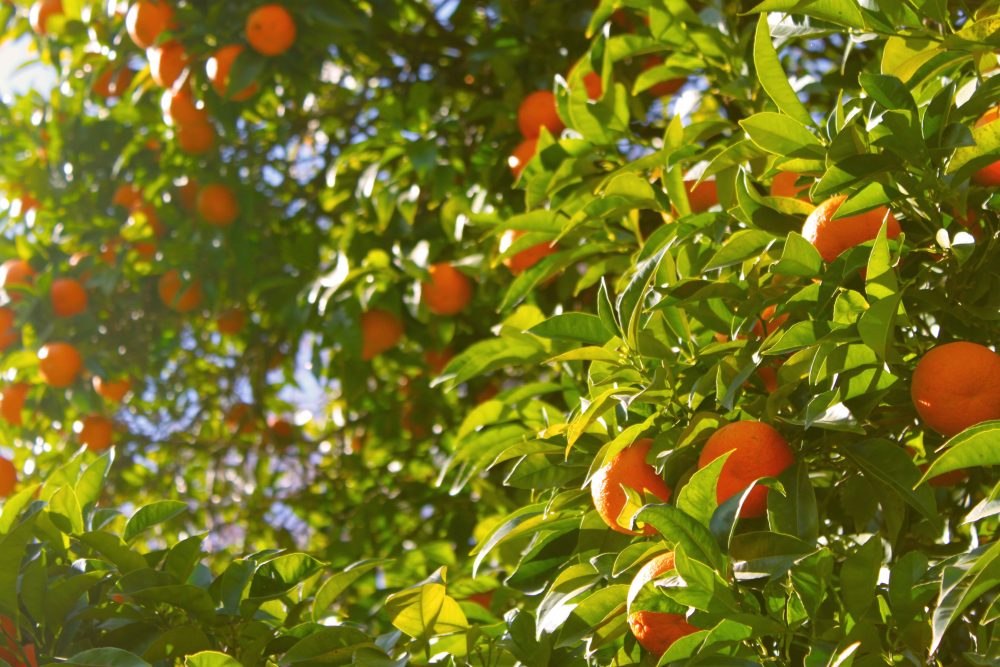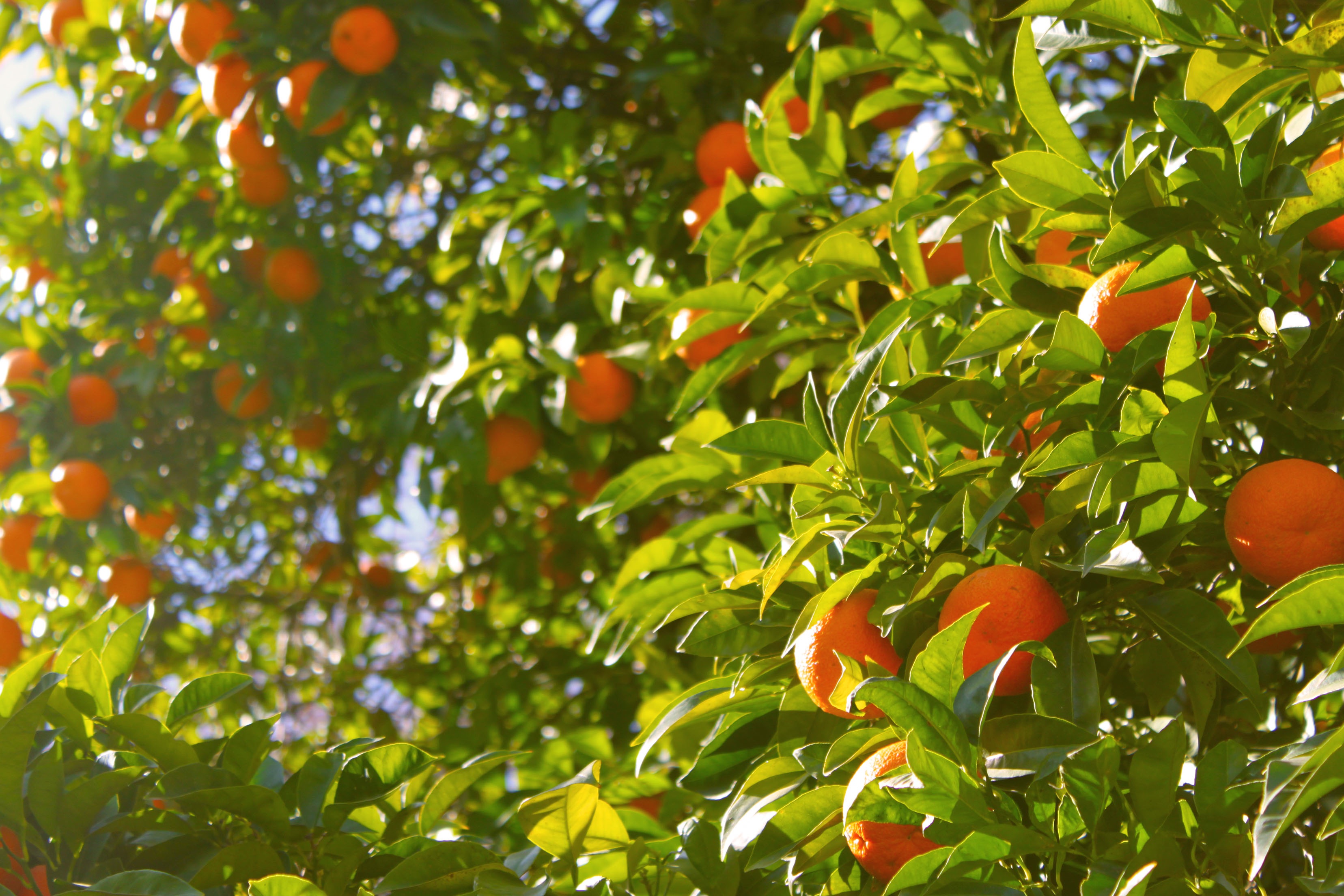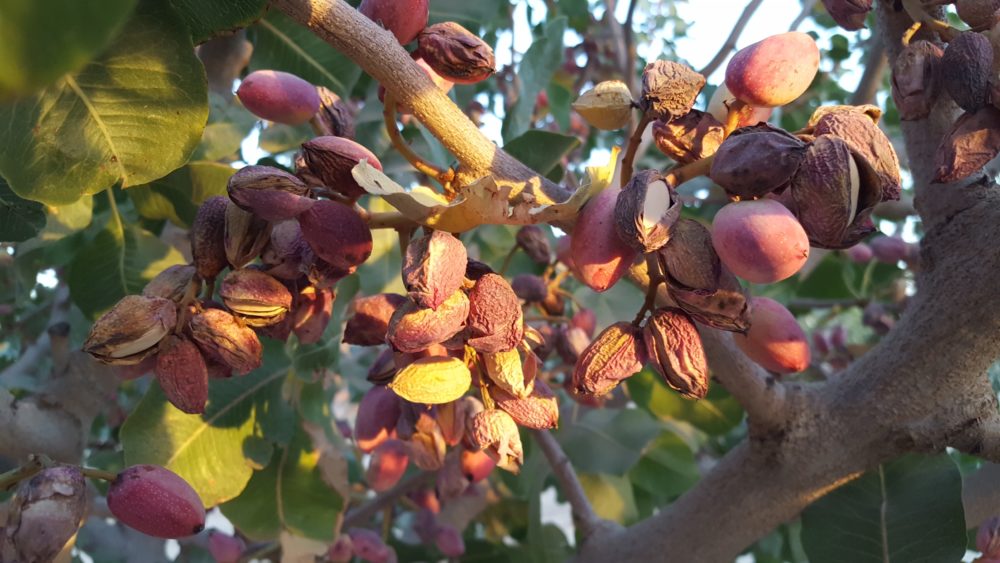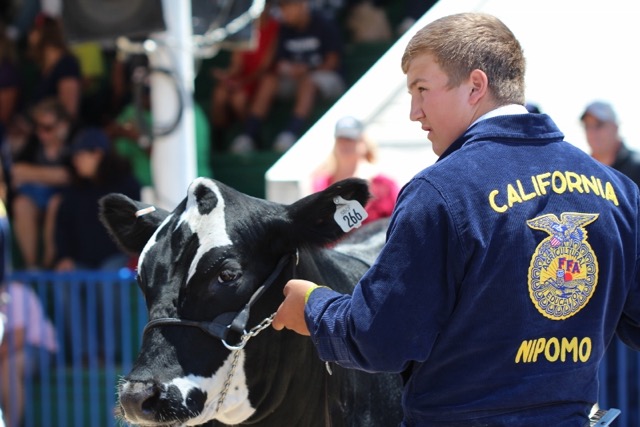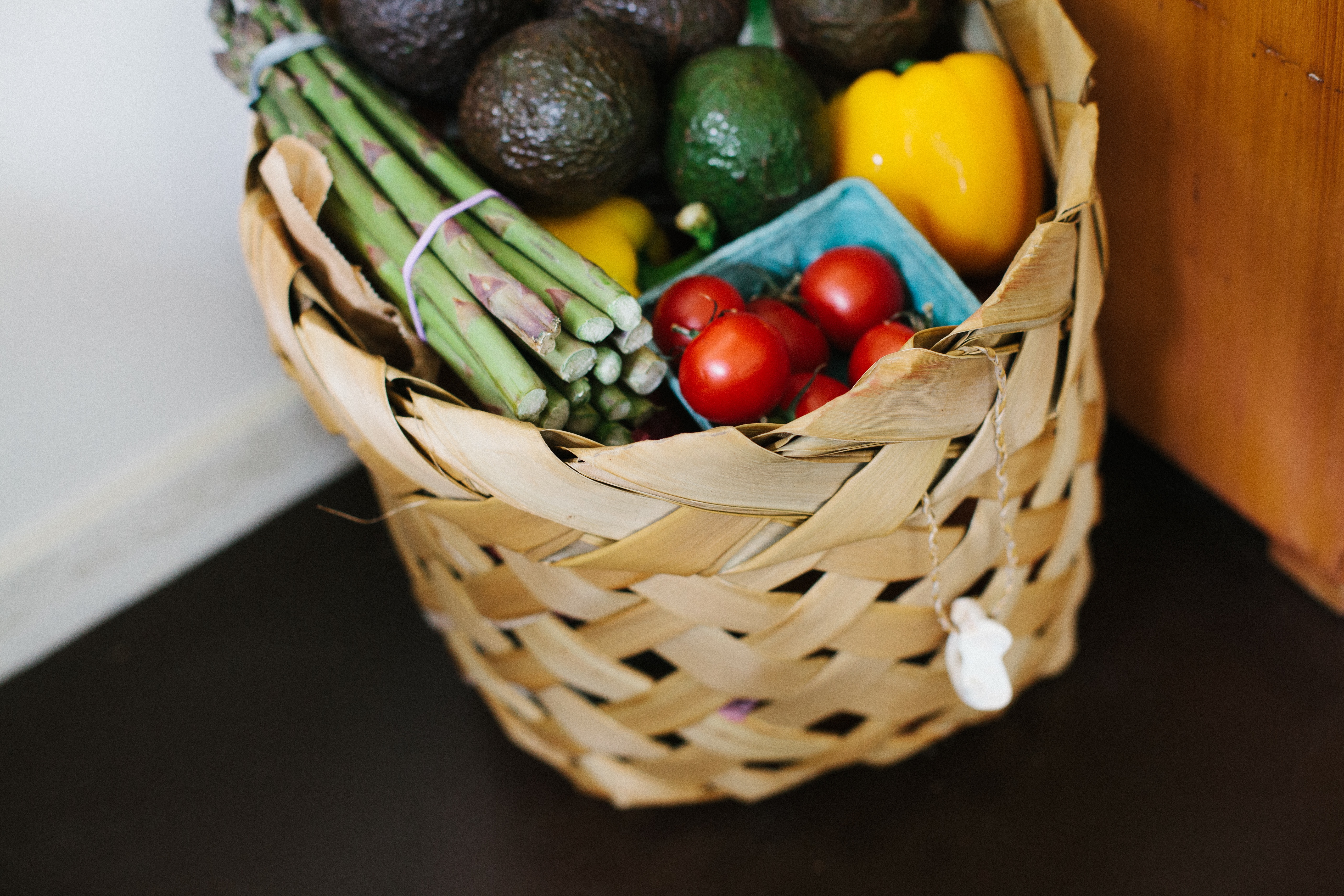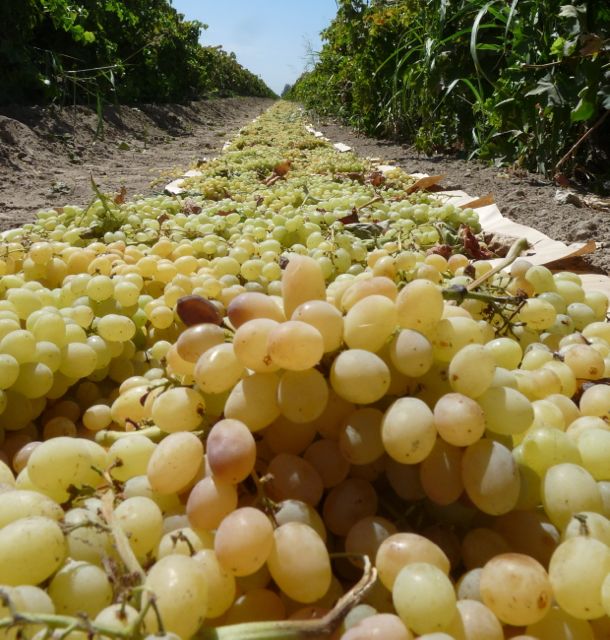Gary Schulz Gives California Citrus ACP and HLB Update
California Citrus ACP and HLB Update from Gary Schulz
By Brian German, Associate Broadcaster
The Citrus Research Board (CRB) recently held their annual California Citrus Conference in Exeter, bringing together a variety of guest speakers and research presentations. The Conference focused on pressing Asian Citrus Psyllid (ACP) and Huanglongbing (HLB) issues, along with political action updates and current projects that are important to the citrus industry. Gary Schulz, president of the CRB, said “We have a 21-member board and we’ve been planning this event for the last 12 months. It’s been 4 years since we held the last conference,” noted Schulz.
The CRB is responsible for overseeing the California Citrus Research Program (CCRP), a grower-funded and grower-directed program created in 1968 under the California Marketing Act. The CCRP’s purpose to enable California’s citrus producers to sponsor and support research that furthers the overall industry. Therefore, close to 70 percent of the CRB’s overall budget is allocated to research.
Schulz said the Conference “was a great, great day to have a good update on some of the dollars the Citrus Research Board has been spending on the growers’ behalf on research.” Schulz explained HLB represents the single greatest threat that citrus growers have faced worldwide.
For the past seven years, the USDA and Congress have allocated between $10 and $12 million dollars annually for ACP and HLB research operations. Advocacy groups and other supportive ag organizations have contributed the difference to reach an annual ACP and HLB research budget of close to $90 million dollars a year. We fund a lot of UC Riverside and USDA agricultural research, service researchers, plus research at UC Davis and the University of Arizona,” Schulz noted.
Schulz, who has many years of experience in California agriculture, having served as general manager of the Raisin Administrative Committee and CEO of the California Raisin Marketing Board, stated that CRB has a great working relationship with California Citrus Mutual (CCM). “Joel Nelson and CCM have worked very hard with the packers to assess themselves, put together a private foundation, and work with the university,” Schulz said.
Featured Photo: Adult Asian Citrus Psyllid (Source: The Citrus Pest & Disease Prevention Program)

